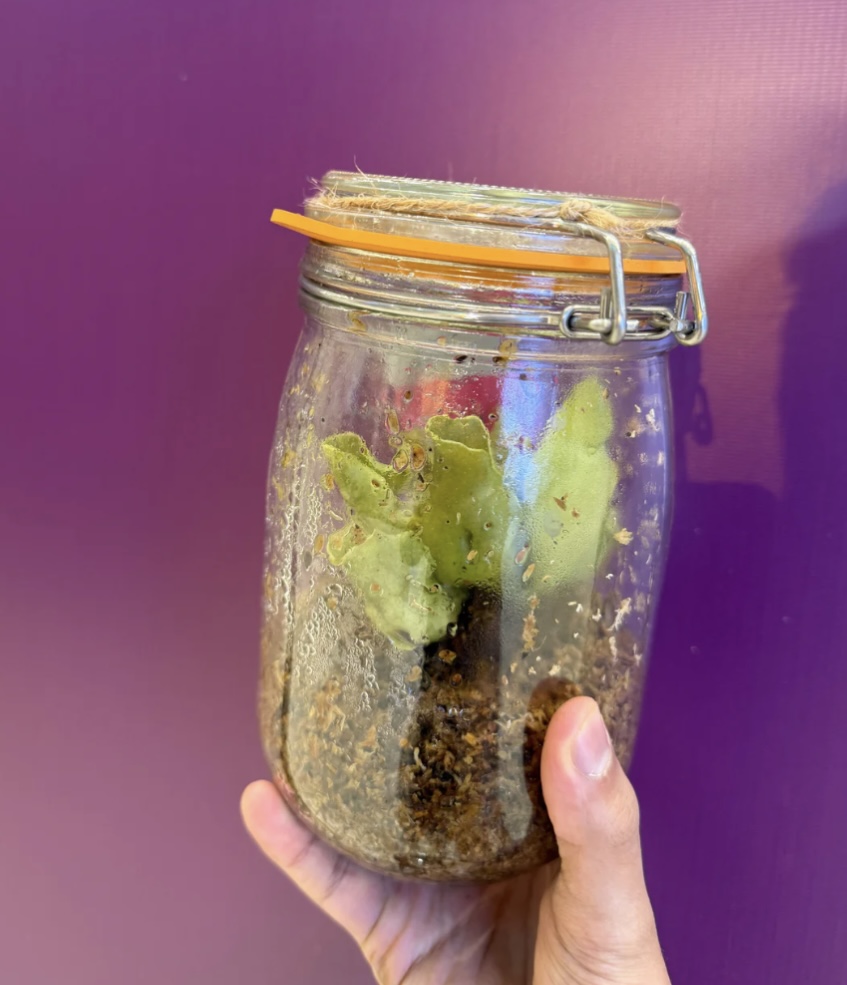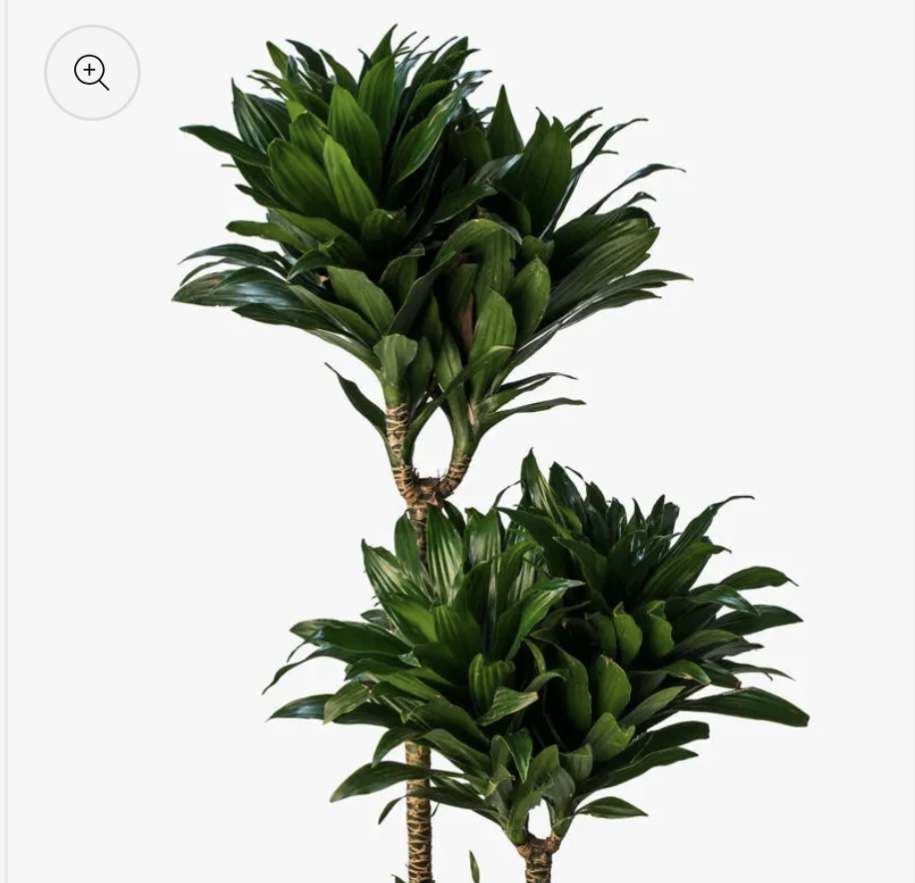- Login/Signup
- Seller Login
- عربى
-

- Select Country
-
 KSA
KSA

Carnivorous Plant Terrarium
KWD 13.500
In Stock
Fulfilled by - Greenhydroponic
Your order will be delivered as per the date and time you have selected
Product Quantity
Product Details
1.
Choosing the Container:
- Use a clear glass jar or terrarium to allow light to reach the plants.
- A partially covered or ventilated lid is ideal to maintain humidity without trapping too much moisture.
2.
Ideal Environment:
These plants thrive in humid, acidic, and nutrient-poor soil conditions—similar to bogs or swamps.
3.
Preparing the Soil:
- Use a soil mix of:
- 50% peat moss
- 50% perlite or fine sand (without added salts)
❌ Do not use regular potting soil or compost, as they may harm the plant.
4.
Watering:
- Use distilled water or rainwater only.
- Keep the soil consistently moist but not waterlogged.
- Avoid tap water—it contains minerals that can damage the plants.
5.
Lighting:
- Place the jar in bright, indirect light.
- A few hours of morning sun is okay, but avoid strong midday sun.
- You can also use a grow light (LED) if indoors.
6.
Ventilation:
- If your jar has a lid, open it daily for a short time to prevent mold and ensure air circulation.
7.
Feeding (Optional):
- If there are no natural insects, feed the plant tiny insects like fruit flies or gnats once every two weeks.
- Don’t overfeed—these plants need only small amounts.







